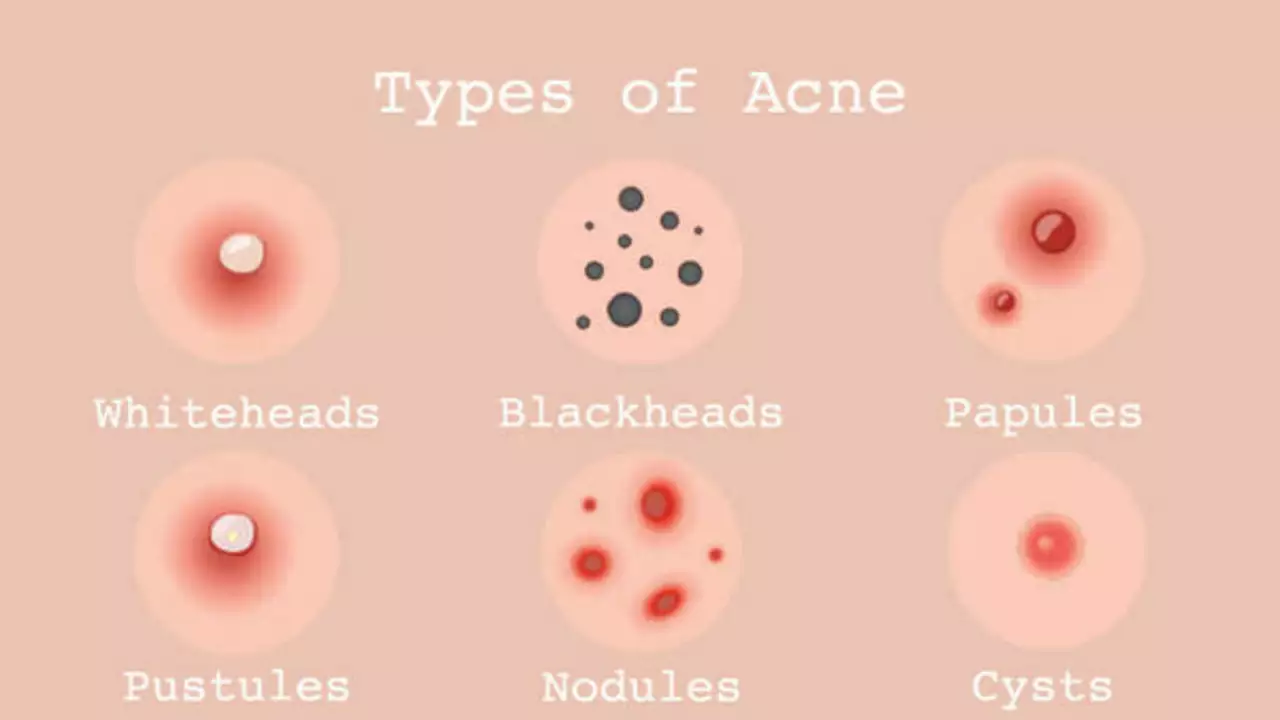Nodular Acne: What It Is and How to Handle It
Nodular acne is more than just a regular pimple. These are large, painful bumps under the skin, often deep and hard to touch. Unlike normal pimples, nodules don’t come to a head, which makes them tricky to treat. They can last for weeks or even months, leaving scars if not handled properly. If you’re dealing with these tough spots, it’s important to know what’s going on and how to take care of your skin right.
Why Does Nodular Acne Happen?
The cause is usually a mix of clogged pores, oil buildup, bacteria, and inflammation. In nodular acne, the inflammation is deeper, affecting the layers below the skin's surface. This deep inflammation leads to the characteristic hard lumps you can’t just pop or squeeze. Hormones often play a big role here, especially in teenagers, but adults can get nodular acne too. Stress, diet, and certain medications might also make it worse.
How to Treat Nodular Acne Without Making It Worse
First off, avoid squeezing or picking at nodules. Trying to pop these bumps only pushes the infection deeper and can cause scars. For treatments, many turn to prescription options like oral antibiotics or isotretinoin, which specifically target severe acne. Topical treatments with ingredients like tretinoin can help, but usually combined with other meds. Over-the-counter remedies rarely work for nodular acne because it’s a serious form. It’s best to see a dermatologist for personalized care.
Besides medication, simple skincare tricks make a big difference. Use gentle cleansers to avoid irritating your skin further. Keep your face moisturized but choose non-comedogenic products that won’t clog pores. And don’t forget sun protection—UV exposure can worsen scars and discoloration after nodular acne heals.
Living with nodular acne can feel frustrating, but understanding it helps you make smarter choices. Remember, this type of acne is tough but treatable with the right approach. Getting expert advice early can save your skin from long-term damage and boost your confidence as you work toward clearer skin.
Nodular Acne vs. Cystic Acne: What's the Difference?
- Elliot Grove
- on Jul 26 2023
- 15 Comments
In my latest blog post, I delve into the differences between nodular and cystic acne, two severe forms of acne that often get confused. While both are painful and can cause scarring, nodular acne is characterized by hard, inflamed lumps beneath the skin's surface, whereas cystic acne is softer, filled with pus, and often larger. Both conditions can be triggered by hormones, stress, and diet, but cystic acne is more linked to genetic factors. Treatment options differ for each, with nodular acne often requiring stronger prescription medications while cystic acne may respond to hormonal therapies. Understanding the differences can help you seek the right treatment and manage these stubborn skin conditions.

